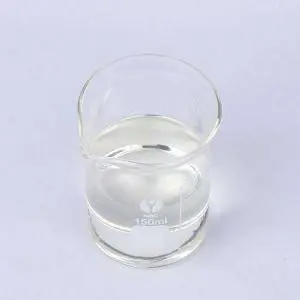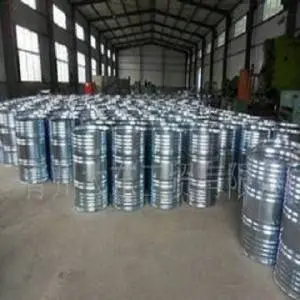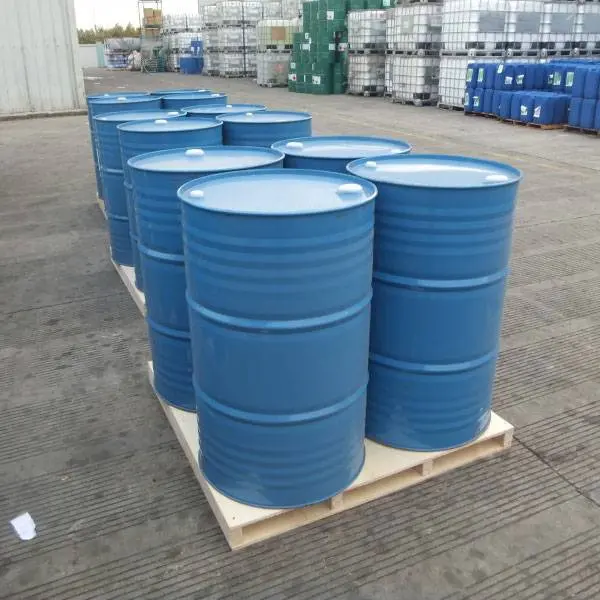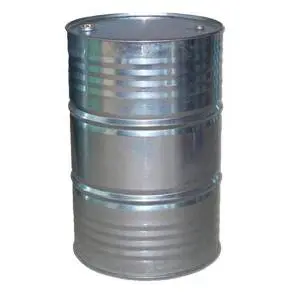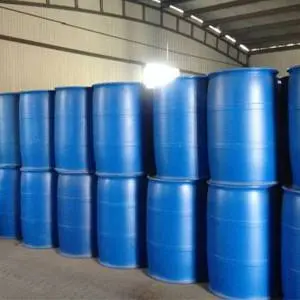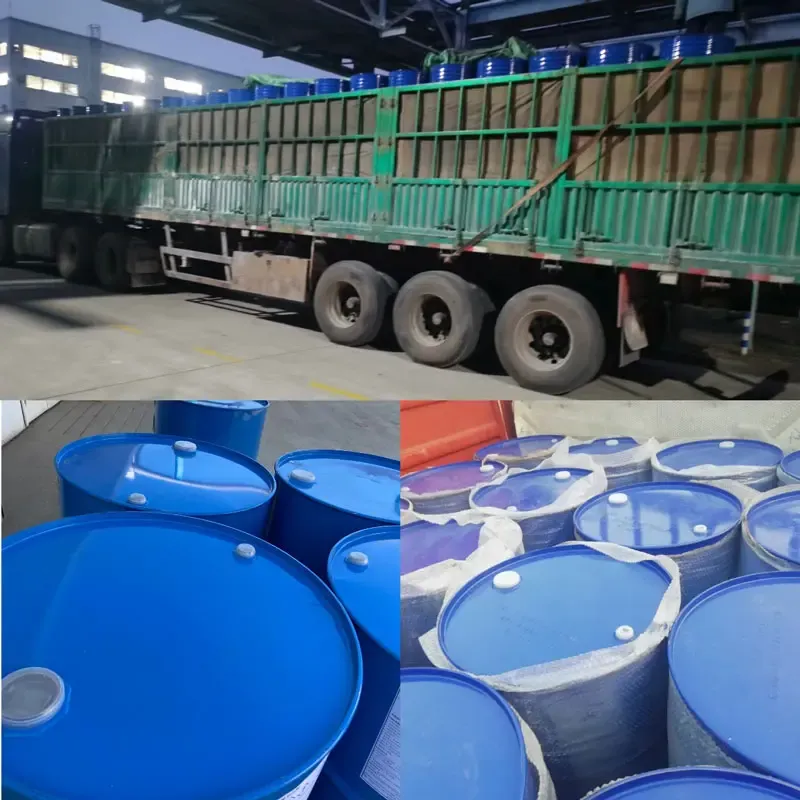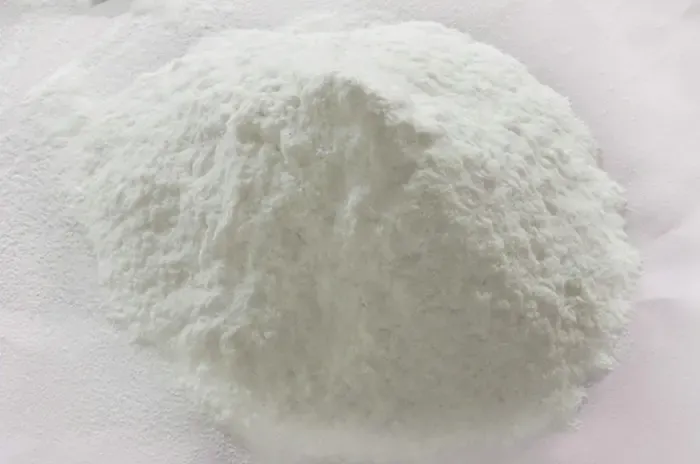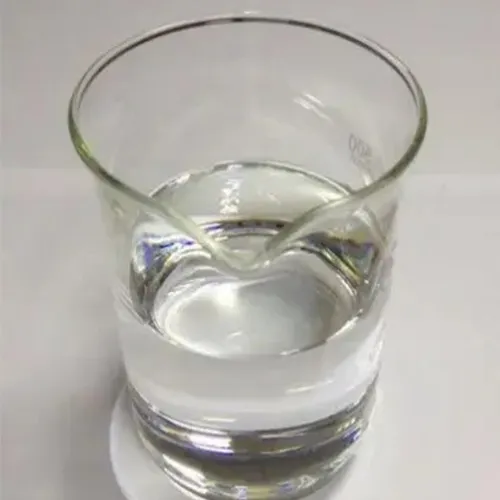Hexamethylphosphoric Triamide (HMPA) | High-Purity Solvent
A frank look at Hexamethylphosphoric Triamide (HMPT): trends, specs, and where it really fits
If you’ve worked in polar-aprotic chemistry for any stretch of time, you’ve probably had mixed feelings about Hexamethylphosphoric Triamide. It’s potent, precise, sometimes polarizing—no pun intended. In practice, it remains a niche workhorse in R&D and certain tightly controlled synthesis steps. Below is a field-tested overview, from real-world specs to market reality, based on projects I’ve seen and feedback customers actually give.
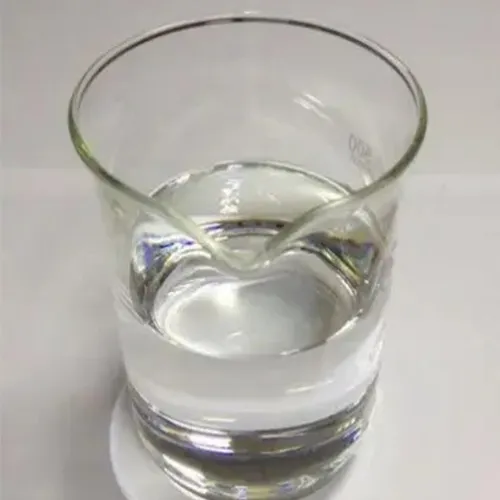
What’s driving demand right now
Industry trend snapshot: specialized synthesis (agrochemical intermediates, custom monomers), salt-rich organometallic work, and selective extraction remain the core use-cases. Many labs have pivoted toward “safer” substitutes, yet Hexamethylphosphoric Triamide still shows up when kinetics, salt solvation, or SN2 rates need that last push. Compliance and documentation are the make-or-break factors.
Key technical specs
| Parameter | Typical Value (≈, real-world may vary) |
|---|---|
| Name / Synonyms | Hexamethylphosphoric triamide; HMPT; HMPA |
| Molecular formula / weight | C6H18N3OP / 179.20 g·mol⁻¹ |
| CAS | 680-31-9 |
| Appearance | Clear, colorless liquid |
| Purity (GC) | ≥99.0–99.5% |
| Water (Karl Fischer, ASTM E203) | ≤0.05% |
| Color (APHA, ASTM D1209) | ≤20 |
| Density (20°C) | ≈1.03 g·cm⁻³ |
| Boiling point | ≈235–240°C |
| Flash point | ≈145°C (closed cup) |
| Packaging | 25 kg drums / 200 kg ISO drums (UN-rated) |
| Origin | Jinling Mansions No.106-1 East Yuhua Rd., Shijiazhuang, Hebei, China |
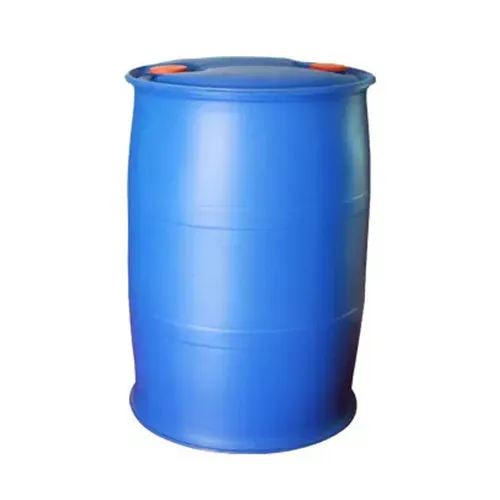
Application scenarios (where it still earns its keep)
- Salt-rich SN2 and anionic polymerization media in R&D.
- Challenging organometallic transformations needing strong solvation of cations.
- Selective extraction/separation in specialty materials and rare-earth labs.
- Benchmark solvent in method development (alongside DMI, DMPU) for comparative kinetics.
Many customers say Hexamethylphosphoric Triamide shortens reaction times by 10–25% versus certain substitutes—context matters, of course, but it’s a common refrain.
Process flow and QA
Manufacture typically involves controlled amination routes and careful vacuum distillation. On the buyer side, sensible flow looks like: supplier vetting → sample & COA → incoming QC (GC-FID purity; KF water; APHA color; acidity per ASTM D1613) → nitrogen-blanketed storage → usage tracking. Service life is commonly 24 months in sealed, dry conditions; after opening, labs recheck KF and color before critical runs.
Vendor snapshot (what to compare)
| Criteria | Sincere Chemicals | Generic Supplier |
|---|---|---|
| Purity (typical) | 99.5% GC | ≈99.0% |
| Water (KF) | ≤0.03% | ≤0.05% |
| Compliance | ISO 9001/14001, REACH-ready, GHS SDS | ISO 9001 (varies) |
| Customization | Custom specs, inhibitor-free options, returnable totes | Standard spec only |
| Lead time | 10–15 days typical | 15–30 days |
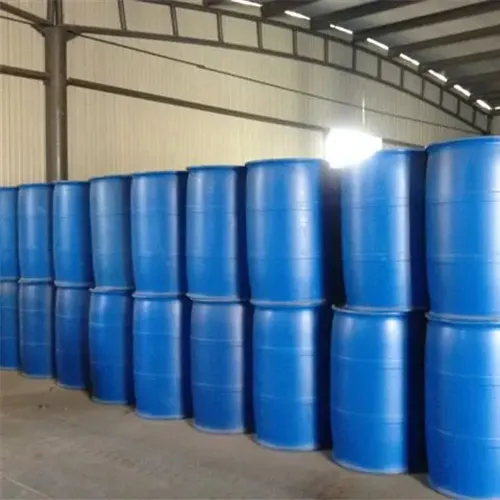
Advantages, with caveats
- Exceptional cation-solvating power; can unlock stalled routes.
- Predictable kinetics data for method development.
- Stable at elevated temperatures (within normal lab practice).
However—and this matters—Hexamethylphosphoric Triamide carries significant health hazards. Most serious plants implement strict exposure controls, closed transfer, and rigorous PPE. Substitution assessment is good practice.
Customization and case notes
Customization often centers on water spec tightening (≤0.02%), packaging (nitrogened, lined drums), and certificate bundles (CoA, TDS, SDS, transport docs). One polymer lab told me their salt-laden initiation step finally stabilized after moving to tighter KF control; reaction variability dropped by ~18% over six lots. Another group in rare-earth separations saw higher selectivity, though they later shifted to a mixed-solvent system for EHS reasons.
Testing standards and documentation
Typical QC aligns to ASTM E203 (KF water), ASTM D1209 (APHA), acidity per ASTM D1613, and GC assay via validated in-house methods. Expect ISO 9001 QMS, ISO 14001 environmental management, and REACH/GHS documentation. Ask for lot-level GC traces if your synthesis is particularly moisture-sensitive.
Citations: [1] IARC Monographs: HMPA classification. [2] PubChem: CAS 680-31-9 data. [3] ECHA (REACH) substance info. [4] NIOSH/CDC guidance on handling carcinogens.
- https://monographs.iarc.who.int/
- https://pubchem.ncbi.nlm.nih.gov/compound/Hexamethylphosphoramide
- https://echa.europa.eu/substance-information
- https://www.cdc.gov/niosh/npg/
Post time: Oct . 19, 2025 16:25





